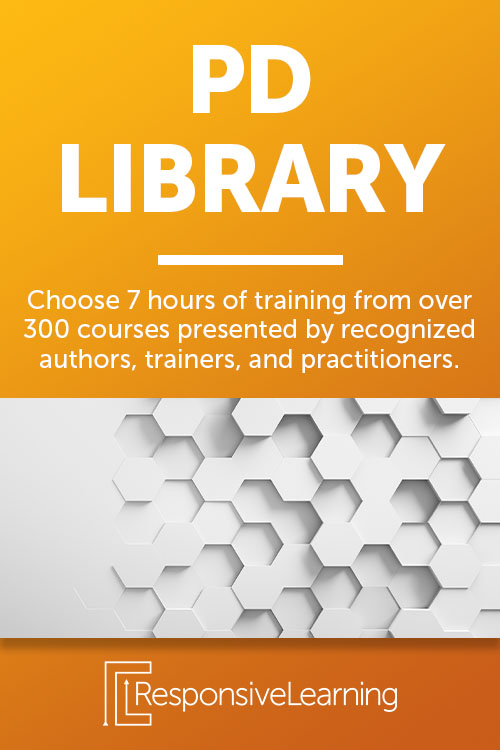Andrea is a passionate special education teacher, and she pours her heart into everything she does to help her students thrive. While she works hard to make sure her students are succeeding academically, she also has an eye to the future.
She knows that the work she is doing now will help lay the foundation for the rest of her students’ lives. What comes after secondary education is just as important for students with disabilities, and having a future-focused teacher can make all the difference. Her focus is on making the secondary transition as easy as possible for her students.
Preparing today’s students for tomorrow
As educators, we should always be considering how to help our students transition to postsecondary throughout their time in school, but it’s especially important during their secondary education years.
Veteran SPED educator Ayo Jones has spent her life helping create resources for both students and teachers. She says that the successful transition from K-12 to the postsecondary is a key measure of our success as educators.
Supporting a student throughout their educational journey is only part of the job. Federal law and state guidelines mandate that our educational programming support a student through their transition to postsecondary and their future outcomes.
Discover how you can help your students transition to the future
Ms. Jones created the course, SPED Self-Assessment: Secondary Transition, to help prepare students, parents, and special education departments for the secondary transition. She provides concrete steps that need to be taken to ensure a student has the best chance at postsecondary success.
This session is part of the Special Education Self-Assessment Series. The series is all about self-evaluation and getting a better understanding of things you should do to meet your legally mandated obligations while supporting a SPED student’s transition to the postsecondary.
In this 30-minute course, you will learn:
- How to prepare parents for secondary transition
- How to prepare students for secondary transition
- How your team can best support student transition
- Compliance reminders to stay in line with federal guidelines
At the end of the course, Ms. Jones guides educators through a series of self-reflection questions that you can use to evaluate your current transition process and make improvements. These questions are perfect for IEP teams and SPED departments to go over together and find areas they can improve.
After taking this course, you’ll walk away knowing how to use community resources and build occupational, vocational, and social skills that your students will need to succeed after secondary education.
No matter what position you hold in your district, this informative course will help you better support students with a disability and their futures. With hard work and good planning, you can become a future-focused SPED teacher and make a lifelong impact.
Ready to make a difference?
Want to learn more about the Secondary Transition for SPED students? Take a look at the demo for this course, SPED Self-Assessment: Secondary Transition. You can also check out the entire Self-Assessment series from Noodle Nook.







